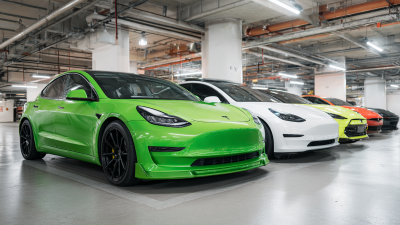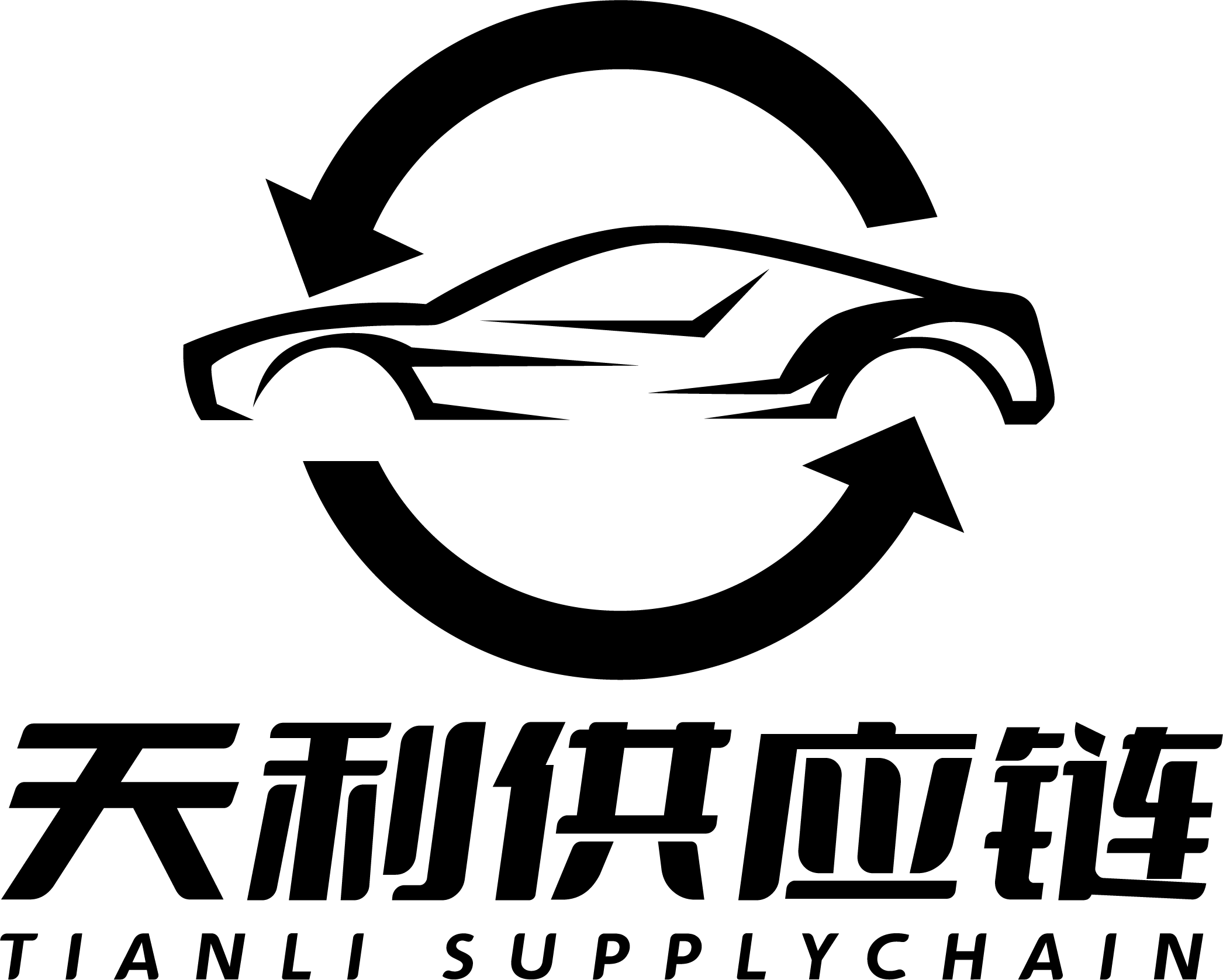In today's highly competitive automotive market, having an effective online presence is crucial for dealerships and car retailers alike. Car websites serve as the digital storefront that not only showcases vehicles but also engages potential buyers and drives sales. With an overwhelming number of options available, customers are increasingly reliant on the internet to guide their purchasing decisions. To stand out in this crowded space, it is essential to implement design strategies that not only attract visitors but also convert them into loyal customers. In this blog, we will explore five essential tips for designing car websites that not only grab attention but also enhance the user experience, ultimately leading to increased sales and customer satisfaction. Whether you're a seasoned dealer or just starting out, these insights will help you create a compelling online platform that resonates with today's car buyers.

Understanding your target audience is crucial when designing car websites that effectively drive sales. Before you begin the design process, take the time to research and define who your potential customers are. This includes analyzing their demographics, preferences, and behaviors when it comes to purchasing vehicles. Whether your audience consists of first-time buyers, families, or luxury car enthusiasts, understanding their unique needs will help you create a tailored user experience that resonates with them.
Once you have a clear picture of your target audience, focus on incorporating features that cater specifically to their preferences. For instance, a website aimed at young, tech-savvy buyers may benefit from a clean, modern design with interactive elements such as 360-degree views and augmented reality tools. Conversely, a site targeting families might prioritize easy navigation, comprehensive safety features, and ample educational content. By aligning your website's design and functionality with the expectations of your audience, you enhance the likelihood of engagement and ultimately drive sales more effectively.
| Tip Number | Tip Description | Target Audience Insight | Expected Outcome |
|---|---|---|---|
| 1 | Create a User-Friendly Interface | Tech-savvy users prefer intuitive navigation. | Increased user engagement and satisfaction. |
| 2 | Utilize High-Quality Images | Visual appeal matters to potential buyers. | Higher conversion rates through appealing visuals. |
| 3 | Implement Mobile Responsiveness | Majority of users access websites via mobile devices. | Expand reach to a broader audience. |
| 4 | Optimize for SEO | Users rely on search engines for information. | Increased organic traffic to the website. |
| 5 | Incorporate Customer Reviews | Potential buyers trust peer feedback. | Increased credibility and trust in the brand. |
When designing a car website, choosing the right color scheme and visual elements is crucial to enhancing user engagement and driving sales. Colors not only evoke emotions but also guide visitors through their online experience. For instance, using a combination of cool colors such as blues and greens can create a sense of trust and professionalism, while warmer tones like red and orange can stimulate excitement and action.

In addition to color, incorporating high-quality visuals is essential. Research shows that engaging visuals can significantly boost interaction, making it vital to use compelling images and videos that resonate with your target audience. Implementing visual storytelling through galleries or video sections can give potential customers a better feel for the cars, ultimately leading to higher conversion rates.
Don't forget to pay attention to mobile UX as well. With a growing number of users accessing websites from mobile devices, ensuring that your color schemes and visual elements are optimized for smaller screens can enhance user satisfaction and lead to increased engagement. By integrating these design tips, you'll create a car website that captivates your audience and drives sales effectively.
When designing car websites, prioritizing user-friendly navigation is crucial for optimal customer experience. Research indicates that users form opinions about a website in just 50 milliseconds, underscoring the importance of clear, intuitive design. To enhance user engagement, implement a clean layout that seamlessly guides visitors through your offerings. This can include straightforward menus, well-structured categories, and easily accessible information about vehicles, financing options, and promotions.
Furthermore, with an increasing number of users browsing on mobile devices, ensuring a mobile-friendly experience is essential. Adopting best practices for mobile UX design—such as responsive layouts and decluttered interfaces—can significantly improve the overall user experience. This not only aids in retaining visitors but also enhances search engine rankings, making it easier for potential customers to discover your website. By focusing on these navigation techniques, car websites can create a more engaging and satisfying experience that drives sales and builds customer loyalty.

When designing car websites, it is crucial to highlight key features and offers effectively to boost conversion rates. One essential tip is to showcase high-quality images of the vehicles, allowing potential buyers to visualize themselves in the car. Images should be accompanied by compelling descriptions that emphasize unique selling points, such as fuel efficiency, modern technology, and safety ratings. This transparent and engaging approach can significantly enhance the visitor's interest and trust.
Another important aspect is the strategic placement of offers and promotions. Consider implementing eye-catching banners or pop-ups that feature limited-time discounts or financing deals. This urgency can motivate visitors to take action. Additionally, integrating user reviews and testimonials can provide social proof, further validating the quality of your cars and deals. This combination of visual appeal and persuasive content can create a seamless user experience that ultimately drives sales.
When it comes to designing car websites, leveraging effective SEO strategies is crucial for enhancing visibility and driving traffic. One essential tip is to conduct thorough keyword research. Understand what potential customers are searching for, and integrate those keywords naturally into your site’s content. This not only helps search engines rank your site higher but also ensures you attract the right audience looking for vehicles.
Another important strategy is to optimize your site’s loading speed. Users are likely to abandon a site that takes too long to load, which can also negatively impact your SEO rankings. Utilize tools to analyze loading times and implement changes like compressing images, reducing redirects, and using a content delivery network (CDN) to improve performance.
Creating high-quality, relevant content is also vital. Consider incorporating a blog that covers topics of interest to your target audience, such as car maintenance tips, industry news, and buying guides. This not only positions your site as an authority but also encourages visitors to return, thereby increasing your traffic and overall sales.






